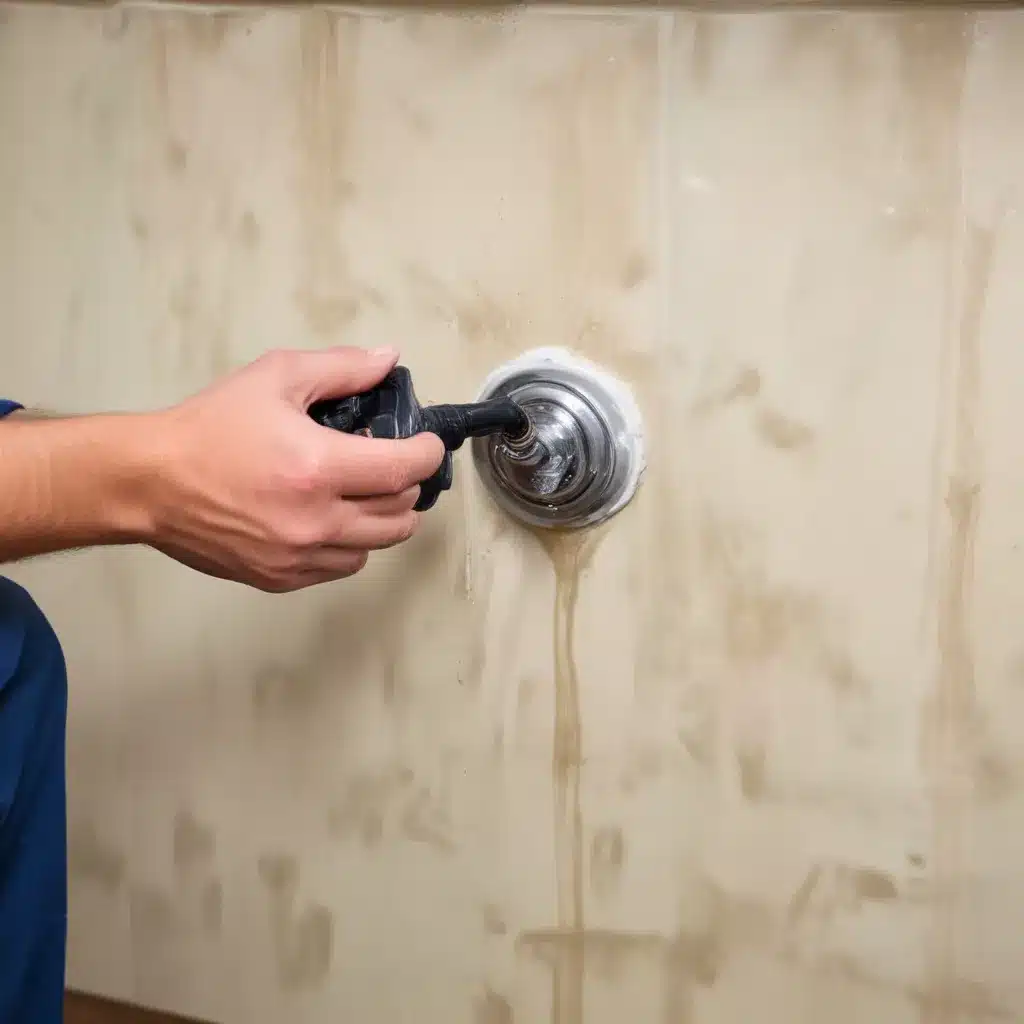
Hardware
When it comes to hardware, water damage can be a nightmare for any IT professional or tech-savvy user. From laptops and desktops to smartphones and IoT devices, water intrusion can wreak havoc on delicate electronic components, leading to a range of issues that require prompt attention.
Computer Components
A common victim of water damage is the trusty laptop. Whether it’s a spilled drink or an accidental dip in the sink, liquids can quickly seep into the keyboard, trackpad, and other critical areas, causing short circuits and corrosion. Even a small amount of water can lead to the dreaded “no boot” scenario, where the system refuses to power on. In such cases, immediate action is crucial to minimise the damage.
Desktop computers are not immune either. Water damage can affect the motherboard, RAM, storage drives, and other internal components, potentially leading to system crashes, data loss, and even permanent hardware failure. The tricky part is that the signs of water damage may not be immediately visible, making it important to thoroughly inspect the system.
Peripherals
Peripherals like keyboards, mice, and external storage devices are also susceptible to water damage. A wet keyboard can result in stuck or non-responsive keys, while a water-logged mouse may lose its tracking ability. External hard drives and SSDs can suffer data corruption or even physical damage to the storage platters or memory chips.
Embedded Systems
The world of IoT (Internet of Things) devices is not immune to water damage either. Smart home gadgets, wearables, and other embedded systems often contain delicate electronic components that can be easily compromised by liquid intrusion. From connectivity issues to complete device failure, water damage can severely impact the performance and lifespan of these devices.
Water Damage
Causes of Water Damage
Water damage can occur in a variety of ways, from accidental spills and immersion to more subtle sources like humidity, condensation, and even water leaks within the device itself. Laptops and smartphones are particularly vulnerable, as they are often used in environments where liquids are present, such as kitchens, bathrooms, and outdoor settings.
Effects of Water Damage
The effects of water damage can be far-reaching and can vary depending on the severity of the incident. In the case of a minor spill, the immediate impact may be limited to temporary malfunctions or intermittent issues. However, in more severe cases, water can cause short circuits, corrosion, and even permanent damage to critical components, leading to complete device failure.
Prevention Strategies
Proactive measures can go a long way in mitigating the risks of water damage. For laptops and other portable devices, using water-resistant cases or sleeves, avoiding use near liquids, and keeping the device elevated off surfaces can help reduce the likelihood of accidental spills. Maintaining a clean and dry environment for desktop computers and IoT devices can also minimize the risk of water damage from humidity or condensation.
Diagnosis
Identifying the Affected Components
When dealing with water-damaged hardware, the first step is to identify the specific components that have been affected. This can be done through a combination of visual inspection, diagnostic tests, and troubleshooting. Look for signs of corrosion, discoloration, or visible water droplets, and pay close attention to areas like the keyboard, ports, and internal components.
Assessing the Extent of Damage
Determining the extent of the damage is crucial in deciding the appropriate course of action. Minor water exposure may only require a thorough cleaning and drying, while more severe cases may necessitate the replacement of damaged parts. In some instances, the entire device may need to be disassembled and repaired by a professional.
Diagnostic Tools and Techniques
Utilising the right diagnostic tools and techniques can greatly assist in the assessment of water-damaged hardware. This may include the use of multimeters to check for short circuits, data recovery software to salvage critical files, and specialised hardware testing equipment to identify faulty components. Consulting repair manuals and seeking guidance from experienced technicians can also be invaluable.
Repair
Disassembly and Cleaning
Once the affected components have been identified, the next step is to carefully disassemble the device and clean the affected areas. This process may involve the use of isopropyl alcohol, compressed air, and other specialised cleaning solutions to remove any residual moisture and prevent further corrosion.
Replacement of Damaged Parts
If the damage is extensive, it may be necessary to replace certain components, such as the motherboard, storage drives, or even the entire device. This can be a complex and delicate process, requiring the expertise of a trained technician to ensure the successful restoration of the hardware.
Restoration and Reassembly
After the cleaning and replacement of damaged parts, the device must be carefully reassembled. This involves following the proper procedures, ensuring proper alignment of components, and verifying the functionality of the repaired hardware. Careful attention to detail is crucial to avoid further issues and ensure the long-term reliability of the device.
Dealing with water-damaged hardware can be a daunting task, but with the right knowledge, tools, and approach, it is possible to diagnose and repair the issue effectively. By following best practices and seeking professional assistance when necessary, you can minimize the impact of water damage and restore your valuable hardware to its former glory.
Remember, prevention is always better than cure. Implementing proactive measures to protect your devices from liquid exposure, and being vigilant about addressing any signs of water damage, can go a long way in safeguarding your hardware investments. So, stay alert, stay informed, and keep your tech safe from the perils of water damage.
If you’re in the Manchester area and need assistance with water-damaged hardware, be sure to visit the IT Fix team at our conveniently located repair centre. Our expert technicians are well-versed in diagnosing and repairing a wide range of water-related hardware issues, and we’re always happy to lend a helping hand. So, don’t hesitate to drop by or give us a call – we’re here to get your tech back on track, no matter the challenge.












